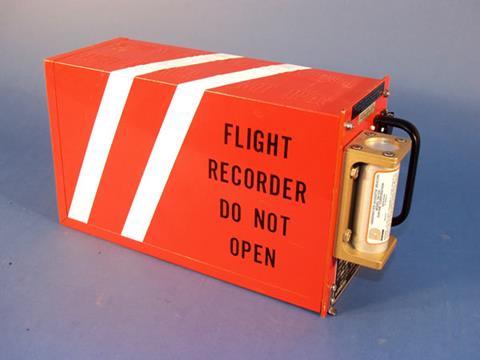Manufacturers of regional and business aircraft have expressed various concerns about the US FAA proposal to fit 25h cockpit-voice recorders to all newly-manufactured models.
The FAA issued the proposal in December last year.
But while it has received broad support for its intention to improve safety investigation, by reducing the risk of information being overwritten, comments expressed to the regulator indicate dissatisfaction with a number of aspects.
Embraer believes the expansion of the requirement to smaller aircraft – with maximum take-off weights below 27t – will involve “several months” of selection and certification, and create a “bottleneck effect” on recorder supply chains.
It is urging a trebling of the compliance timeline from one year to three years.
Business jet manufacturer Bombardier says the inclusion of smaller aircraft models presents a “big challenge”, in terms of added certification costs and limited compliance time – particularly given that its products typically have low utilisation rates, with shorter ranges and flight times.
It has suggested that the proposal be amended to apply only to aircraft with maximum take-off weights above 27t, or made voluntary for aircraft below this threshold that are flown under Part 91 rules – which cover private operations.
The airframer also believes the compliance time needs extending, to two years at least, pointing out that adapting the 25h recorders used in its heavier aircraft to lower-weight jets will require “a considerable amount” of time and certification effort.

French turboprop manufacturer ATR says the inclusion of sub-27t aircraft will result in “dissymmetry” between US and European regulations, despite the FAA’s aim to ensure consistency between US rules and those of international authorities.
ATR adds that the average flight times for its aircraft, about 1-2h, are far less than those typical of long-haul jets.
“Cost-benefits of such evolution is not fully justified for such [aircraft],” it states in its response to the FAA.
ATR points out that switching to new 25h recorders will demand changes to ground-support equipment for operators, and argues that even a 25h duration will “reduce the risk, but will not remove it”, if the crew forgets to pull the recorder’s circuit-breaker – an action which might not happen for several days after an incident.


























